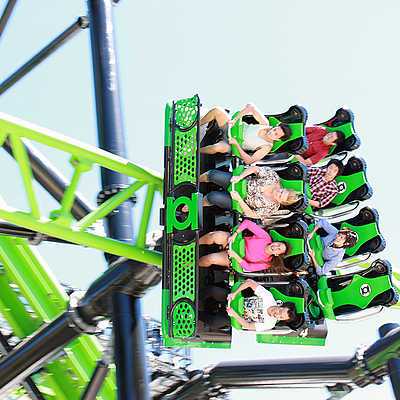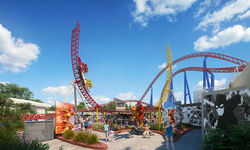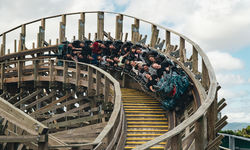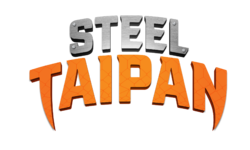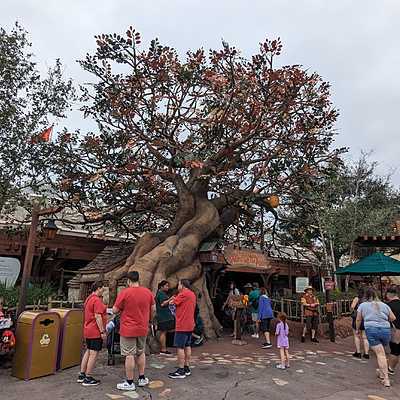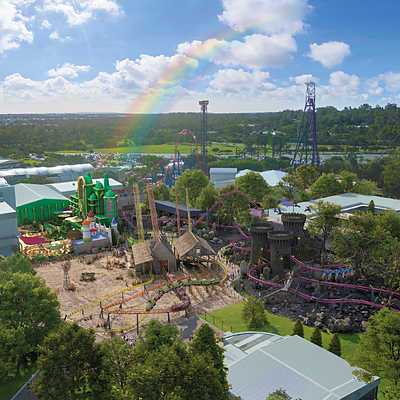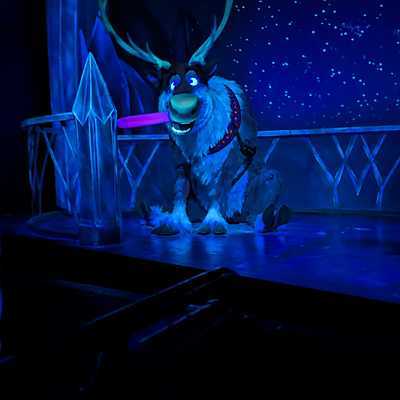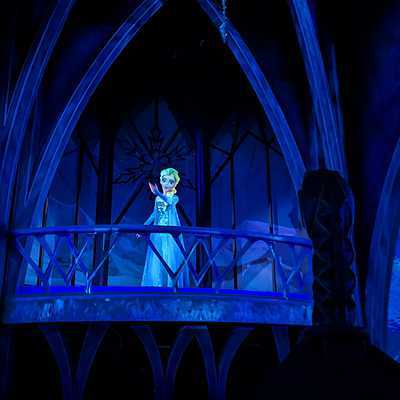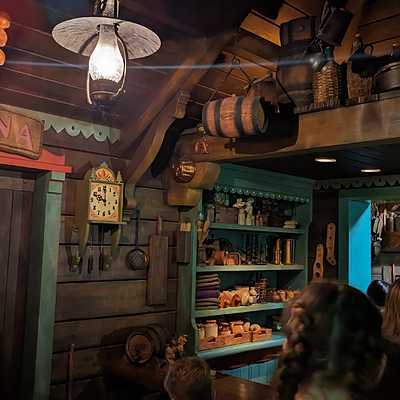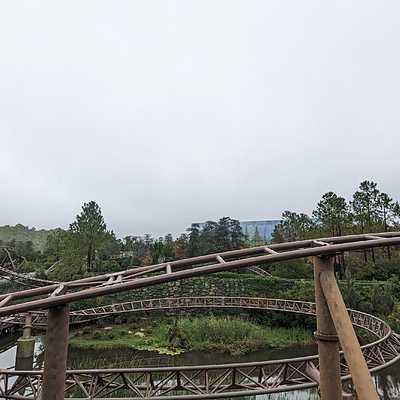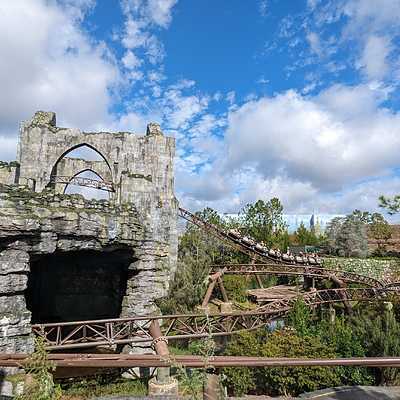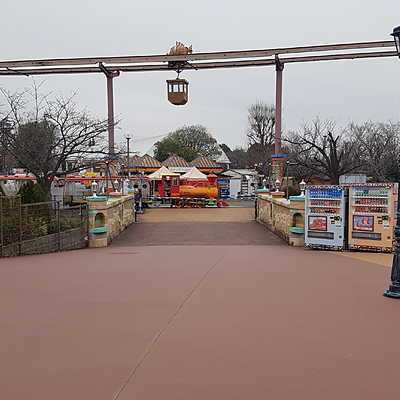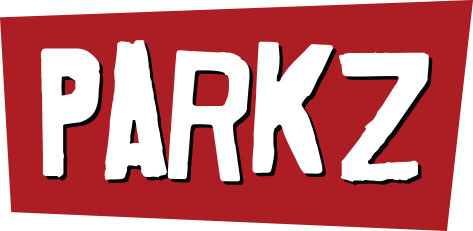Movie World is serious about safety, scene-by-scene
Warner Bros. Movie World have unveiled the first of their promised short series about park safety and maintenance. The video goes into detail about some of the checks and procedures in place to keep Green Lantern Coaster operating safely and smoothly.
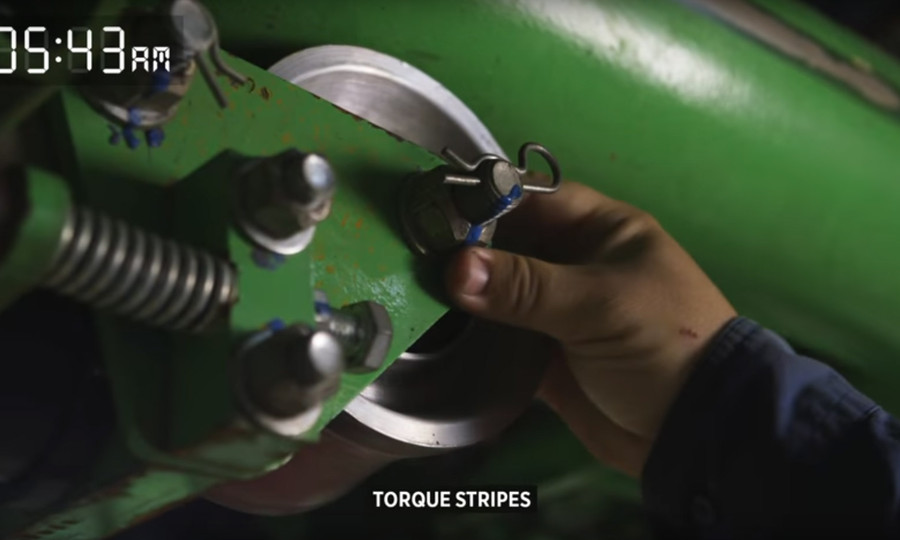
After a summer where Movie World was plagued by media coverage for some of the most minor ride stoppages, the park has decided to take a proactive approach to educating the public about just how safe their rides and attractions are.
For further reading about theme park ride safety, be sure to check out our previous coverage: Are Australian theme park rides safe?
For their series, Movie World reached out to Facebook followers to ask questions. The first one comes from Rob, who asks:
During the day after rain are the rides checked for safety when the rain clears? And do maintenance checks increase during extreme heat?
The question is then misinterpreted and we segue into a rundown of the standard inspection and maintenance procedures that occur day in day out, regardless of weather.
The ensuing 80 seconds is a veritable safety blitz. Blink and you'll miss it, so I'll try and break down the process into bite-sized chunks and briefly explain what is going on. But first, the video:
Checks start at 5:30am
Obviously to get the work done before the park opens and guests start riding, it's an early start for the maintenance engineers and technicians.
Upstop, guide and road wheels
Most roller coasters feature three sets of wheels that keep the carriages tightly locked onto the track. Road wheels (not read wheels) are located on top of the tubular track rails, guide wheels on the sides of the rails and upstop wheels beneath. Modern roller coasters like Green Lantern Coaster feature spring-loaded wheels that are in contact with the rails at all times, while some rides like Arkham Asylum - Shock Therapy feature fixed wheels with a small gap to account for minor variations in the track.
This complex wheel system is why roller coasters are capable of safely performing the aerial, gravity-defying movements they are known for.
All these wheels and the associated nuts, bolts and pins are checked daily to ensure that everything is secure, and that the polyurethane tyre on each wheel is in good condition to ensure a smooth ride.
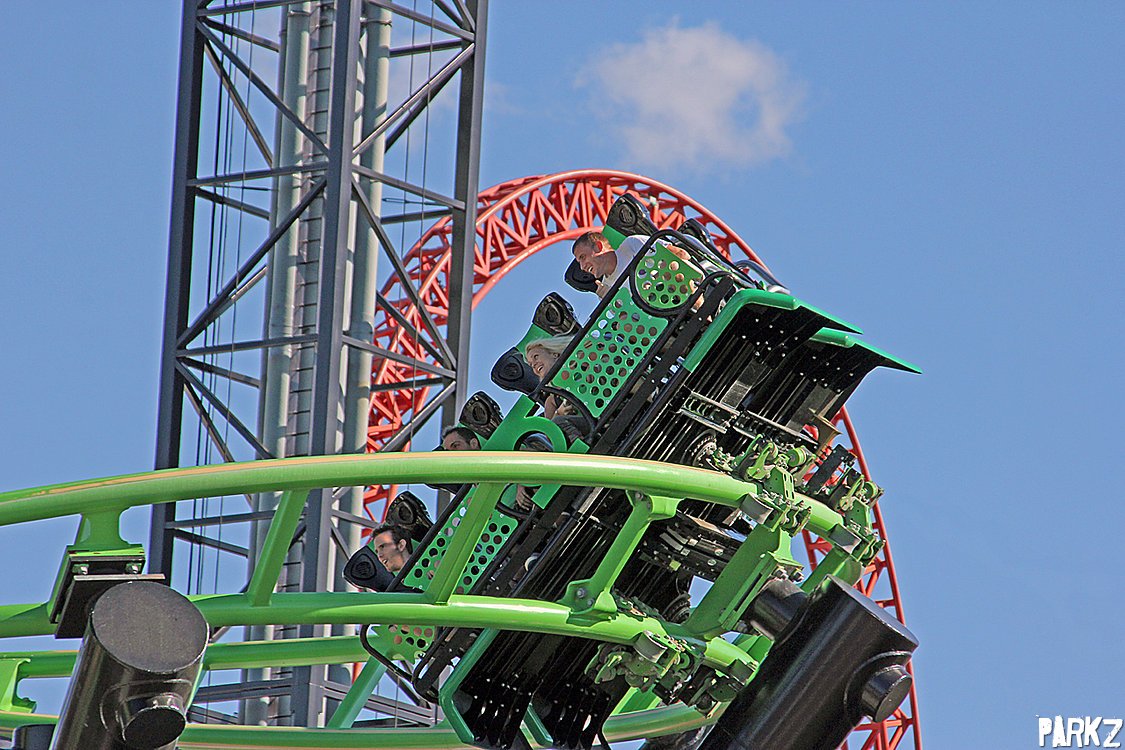
Torque stripes
The nuts and bolts on roller coaster carriages, track and support structure use torque stripes, an indicator that is painted on after the nuts are tightened to the correct torque. It gives an immediate visual and tactile indication of whether the bolts are correctly tightened and the nuts have not shifted. This is why the technicians in the video are able to simply brush each bolt with their hand to check.
Locking wire, split pins and R-clips
This variety of fasteners shown in the video are particularly important as they help ensure that bolts remain fastened throughout the day-to-day vibrations that a roller coaster carriage undergoes. They also offer a quick visual and tactile check to ensure that everything is fastened correctly.
Anti-rollbacks
Anti-rollbacks are what give many roller coasters that iconic clack-clack-clack sound as they head up the lift hill. They ensure that a carriage won't slip back down the hill in the event of a lift hill motor or chain failure.
The spring-loaded anti-rollback dog is located on the bottom of each carriage and engages with a ratcheted channel that is permanently fixed to the lift hill track.
Some roller coasters feature alternative systems. Arkham Asylum features a slight variation that produces a smooth humming sound. Superman Escape features retracting magnetic braking fins on its launch track in the event that it doesn't make it all the way up the top hat element. Some roller coasters use electromagnets that will only allow the anti-rollback dog to engage if the lift stops, meaning there is no clack-clack-clack sound.
Daily checks on this system ensures that the dog is not worn down and functions as intended.
Magnets
Magnets mounted to the bottom of each carriage on Green Lantern are the ride's fail-safe braking system. Using alloy fins mounted to the track, the concept of eddy current braking ensures reliable, smooth and frictionless braking with no moving components. To function the magnets must be correctly spaced to ensure the correct gap that the fins pass through.
Track sensors
Track sensors are an integral part of the ride's safety systems. By keeping tabs on where each carriage is on the track the ride knows when it is safe to dispatch the next one. Each carriage is contained in its own block, which is a segment of track that is fully isolated, ensuring no chance of a collision.
Air compressors
Air compressors feature as part of many rides' systems. Friction brakes and retracting magnetic brake fins are used on many roller coasters and require constant pneumatic pressure, so it is important that the daily checks include monitoring pressure and checking for air leaks.
Friction brakes
Green Lantern features a combination of magnetic brakes and friction brakes. This is because though magnetic brakes are smooth and failsafe, they don't allow carriages to be fully stopped and started easily. Friction brakes on the other hand are able to accurately stop a moving vehicle and release it as needed.
In addition to the pneumatic system that powers friction brakes, it's important that the brake pads are checked to ensure that the sacrificial alloy strips are not too worn, and that everything functions as intended.
Moveable trim brake fins
Some brake fins on the Green Lantern track are permanently mounted, while others like these retract when they are not needed. This allows the ride system to trim off excess speed if needed to ensure a consistent ride experience.

Seat checks, seat sensors and restraint cylinders
The restraint system is probably the safety system most riders are familiar with. Redundancies like seat belts and the manual checks that attendants do each time you ride are obvious, but the complex system of hydraulics within the restraint cylinders and seat sensors are what ensures restraints are secure and also makes sure that carriages can't be dispatched if all restraints aren't properly engaged.
Evacuation batteries
The restraints require power to be disengaged. In the event of a ride stoppage or power outage, evac batteries can be taken to wherever a car is located on the track to release the restraints to allow riders to be safely escorted off the ride.
The batteries are checked daily for charge and also tested on the carriage to ensure that they function as intended.
Operation notes
Notes are kept by ride attendants, supervisors and maintenance staff as a log of daily happenings on the ride. While significant occurences like stoppages generally warrant immediate inspection from technicians, these logs allow them to quickly see an overview of the ride's normal day-to-day operations.
Clear advisory and alarm messages
The ride system also contains information and notes; the maintenance team will take any actions required and prepare control system so that it is ready for normal use by the ride's operational staff.
Restraint cylinder physical
In addition to checking the restraint components, each harness is given a physical check to ensure it locks and unlocks correctly.
Track walk - chain, brake and blocking tests
The technicians take a walk up onto the track to ensure that all the safety components along the track are functioning as intended. Roller coasters that only feature one or two trains/carriages (like Arkham Asylum) generally don't have brake sections or other mechanical components found along the ride course, so these rides often only require a lift hill walk and final brake run inspection to check these components as there are generally no mechanical components along the track.
Track noise
Like anything mechanical – your car for instance – the sound it makes can be a good indicator that everything is operating smoothly.
Paperwork
Signing off on the work completed is an important part of the maintenance checks. As a check-and-balance in this process, the ride's operations staff can't start performing their operations checks until all the maintenance work is correctly signed off.
Operations checks
The operations staff perform a series of checks that relate to the ride's operational procedures. This is different from the maintenance checks in that it is primarily about ensuring that everything is ready for guests.
We still don't know much about what – if any – checks are necessary after rain or throughout the day with a heatwave (sorry, Rob!), but we now know that Warner Bros. Movie World's 4.5 hour maintenance process is nothing if not complete and thorough.
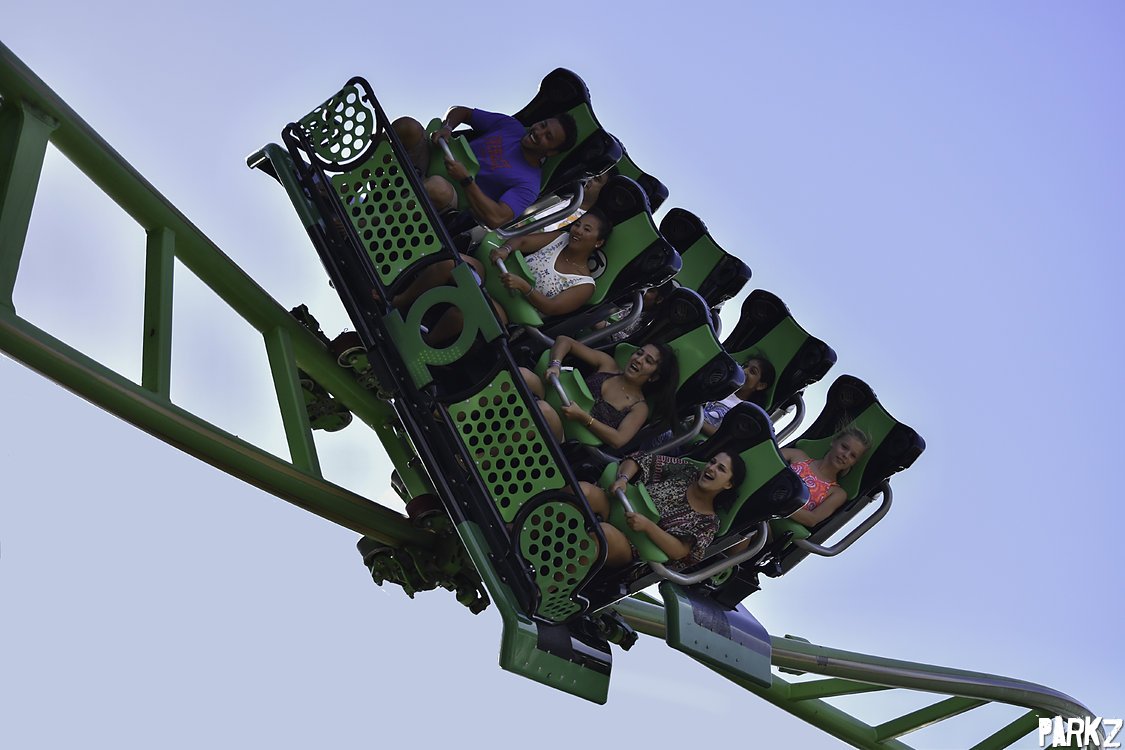
Featured in this article
Recent articles
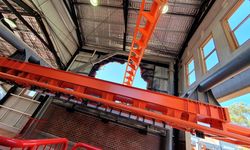
Now trending

